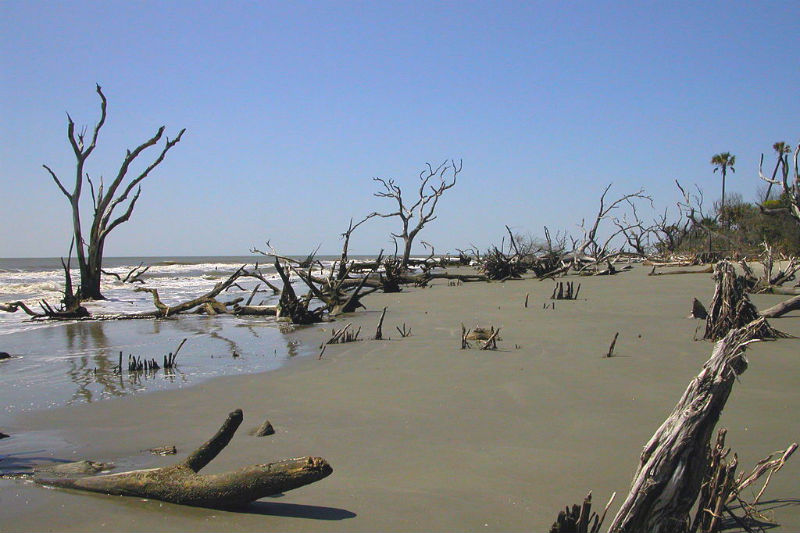
By Fred Palm, special to Statehouse Report | The geographic feature we have in South Carolina in abundance is our meandering, curving shoreline many times longer than its linear measure.
It can be our saving grace, if we employ it well for flood control. We should take advantage of its advantages.

Specifically, a living shoreline orchestrated and using enhancements for water retention and wave dissipation characteristics, can provide a strategic route to make land use feature decisions that are more effective at lower costs to the taxpayer than a variety of alternatives.
It is the nature we see and traverse that we should use in the first instance, in abundance if we can, and capitalize upon exclusively. Having ruled out its effectiveness, then develop alternatives. The two links below provides documents to access material for policy development that should develop flood mitigation in ways are much less costly than traditional alternatives..
With encouragement, the living shoreline policy can be adapted to the entire S.C. coastal community, creating a bulwark of energy, knowledge-transfer and shared purpose.
Wetlands provide direct, quantifiable reductions in flood risk for individual extreme events and average annual flood losses. These benefits can be readily included and advanced using existing risk industry-based tools.
Don’t underestimate wetlands
The significant benefits of coastal wetlands should not be underestimated. They should be considered and valued by public and private managers and should support the development of more and better public and private incentives for wetland conservation and restoration that is at the root of future coastal risk reduction programs.
Most important, especially for development agencies and land-use planners, is recognition of the risks of building in wetlands in the lowest elevation exposed areas cannot be overestimated. These lands are integral to erecting flood defenses as they are best employed to inhibit the inward migration of threatening high water.
Finally, the impetus, strategic direction and discipline for improving our flooded conditions lie with integration of natural defenses within coastal engineering and risk management current practices. Identifying where coastal ecosystems can provide risk reduction is essential for facilitating decisions on county and statewide coastal management, insurance and financial risk reduction.
Quantitative analyses will need to be used to support decision-making for the prioritization of nature-based solutions for high water risk reduction. This will require extensive land conservation for the strategy to be effective to which the current portfolio of preserved lands must also be employed. Wetland restoration and preservation facilitates existing and new building resilience.
An additional challenge is found in learning a different vocabulary. Information on where and how coastal wetlands and other ecosystems work to reduce risk, informs statewide coastal resiliency strategies that will demand installation of Living Shorelines that is also at the center of DHEC’s evolving coastal policy.
In addition to quantitative studies on risk reduction and storm protections, it is essential to develop a better understanding of effective restoration techniques and projects that will help sustain these ecosystems and enhance their capacity to cope with natural disasters, while continuing to provide multiple services of life support, environmental cleansing and aquifer refreshment.
Fred Palm of Edisto Island is a retired professor of oversight and investigations at the John Jay College School of Public Management and a former executive director of the Association of Inspectors General.
- Have a comment? Send it to: feedback@statehousereport.com.















 We Can Do Better, South Carolina!
We Can Do Better, South Carolina!